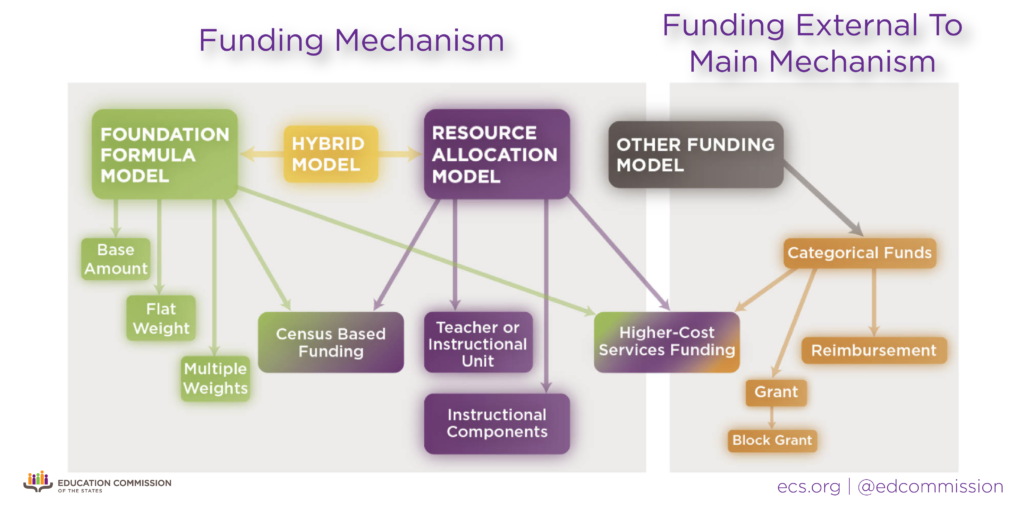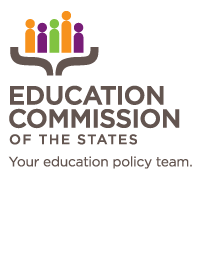Legislatures are moving full speed ahead with their sessions, and many of us in the education policy sector have our eyes on what this session will mean for school funding. Because of the COVID-19 pandemic and the associated recession, there is less money to go around than we have seen in previous years. With fewer financial resources available, questions about how to support school finance equity and equalization may be at the forefront of policymakers’ minds.
While school finance equalization programs aim to bring equal resources to every student, funding schools equitably means that students should be provided with resources that allow for their achievement to be equal across schools and districts. For example, research shows that targeted funds can be used to provide additional services and help close the opportunity gap between different student populations. Additional funds can be used to reduce student-to-teacher ratios, provide summer learning experiences and ensure students have access to adequate equipment — like the internet — to learn outside of school hours.
The challenge with achieving equitable school funding is that school districts in low-income communities that would benefit most from additional supports cannot easily generate additional revenue to fund those supports. School districts with lower incomes are disproportionately nonwhite, which makes funding schools equitably an issue that impacts students of color most significantly.
The link between school district property wealth and per-pupil spending is tied to school districts’ reliance on local contributions, which allows wealthier districts to generate significantly more revenue for education more easily than districts in communities with low incomes. This creates a budget gap between districts that is often exacerbated during recessionary periods. Because achieving school finance equalization is already an arduous task, conversations about funding schools equitably are often left behind, especially during challenging fiscal times. However, this issue may be even more important now, as funding cuts move schools further away from goals of equitable funding.
Funding schools equitably is about distributing money to school districts and student populations that need it most, and states can use several tools to achieve this. Our new Glossary of K-12 Education Funding defines key terms needed to understand foundation formulas, categorical funding and other ways states support K-12 education, which can help support students and close the opportunity gap. Education Commission of the States’ 50-State Comparison: K-12 Funding shows how states use categorical funding and foundation formula funding to support students. For example, some states provide additional weights or dollar amounts for students with specific needs.
School finance equalization is one policy tool that can help states work toward equity goals by recognizing that some school districts have access to more funding than others. For example, Georgia has used Equalization Grants since 1985 to balance school funding between low and high wealth school districts. School finance equalization can ameliorate education funding gaps between school districts by equalizing the tax base available for education. By evening the tax base, schools in districts with higher concentrations of poverty can generate the same revenue with the same tax effort as a wealthier district.
Challenging budget times often impact students in low income areas the most, as these school districts rely heavily on state-level supports. School finance equalization may be one policy tool to help improve funding equity, as state policymakers consider how to most equitably distribute available resources during this challenging time and into future years. Interested in learning more about this policy tool? Check out this state information request on school finance equalization that includes key terms and several state examples.










